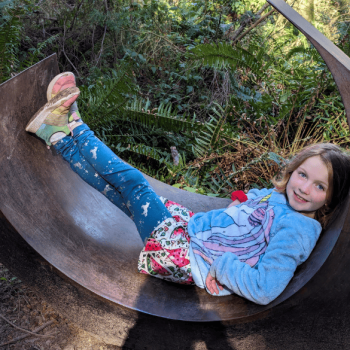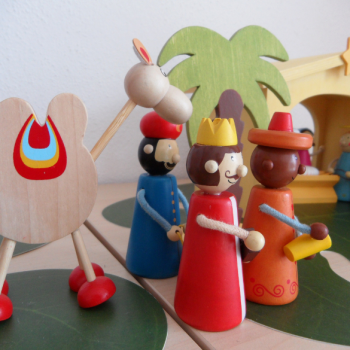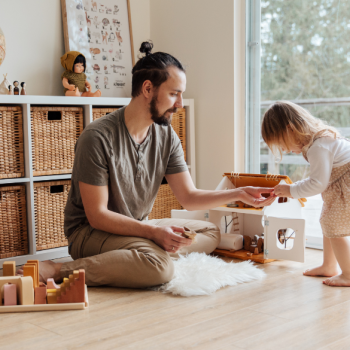
Jesus calls us to be peacemakers, but often we teach our kids to be peacekeepers instead. Here are 4 simple steps to help you raise peacemakers.
What is a peacemaker?
In Mattew 5:9 NIV Jesus says,
“Blessed are the peacemakers,
for they will be called children of God.”
But, what is a peacemaker? Dictionary.com defines it as “a person, group, or nation that tries to make peace, especially by reconciling parties who disagree, quarrel, or fight.” Peacekeepers are often military-type groups who prevent violence, revolts, and war.
Each of these has a place and a job, but the peacemakers are working towards more of a shalom- things are whole, redeemed, and restored-kind of peace, while the peacekeepers typically are not worried about the underlying causes of the brokenness and conflict.
Peacemaking is what Jesus did. He let things get messy to get to the heart of the conflict – sin which led to an eternal solving of the problem. Peacekeeping covers up, hides, ignores, and stuffs the problems down to pretend like they aren’t there.
How do we raise peacemakers?
We raise peacemakers by walking with our kids through conflict and big feelings, instead of ignoring or diminishing the conflict and emotions. When our children are equipped to feel and express their emotions, while listening to others’ emotions well, then they will have the tools to become peacemakers.
When we teach them to hide or ignore their feelings, we are teaching them to simply become peacekeepers.
I used to think that teaching my kids to apologize well and to forgive each other was enough, but then I learned the Connected Families’ Peace Process.
The Sibling Conflict course goes deep into the peace process and restoring broken relationships, but I want to introduce the basics of it for you here.
The Connected Families’ Peace Process
I learned this process through coaching with Connected Families and taking the Sibling Course.
- Everybody calm. – We need our frontal lobes working well to make peace and that isn’t happening when our feelings are in control. Take the time you need to truly calm down.
- Everybody heard. – We want to make sure that each person involved understands how the other people are feeling.
- Everybody agrees. – We need to find a mutually agreed-upon solution to the problem. It may take compromise, but by working together you can all find a way through the conflict.
- Everybody celebrate. -Peacemaking is hard work! Hard work and restored relationships both deserve some celebration! Keep it simple with high-fives or a dance party, or really go all out. The fun will help build and strengthen neural pathways to help this process be a little easier next time.
Making Peacemaking Playful
Don’t try to teach the Peace Process in the moment of conflict. Lids are flipped and it isn’t optimal learning time. Instead, choose a time when everyone is fed, happy, and awake.
Make it fun by teaching using dolls or stuffies. Take turns coming up with situations and solutions. Then give the kids a go at playing through a scenario without your help. Cheer them on and celebrate all the things they are learning!
Soon, you will all be on your way to making peace and enjoying the blessings of being peacemakers.














